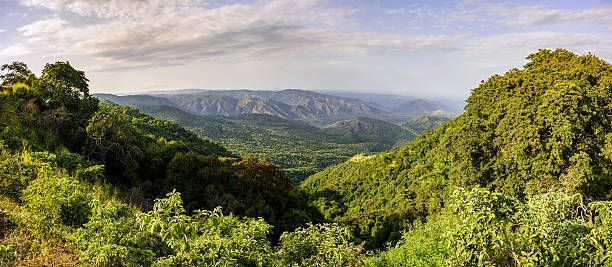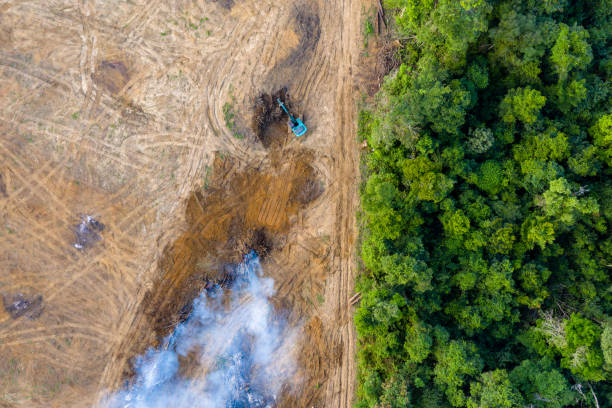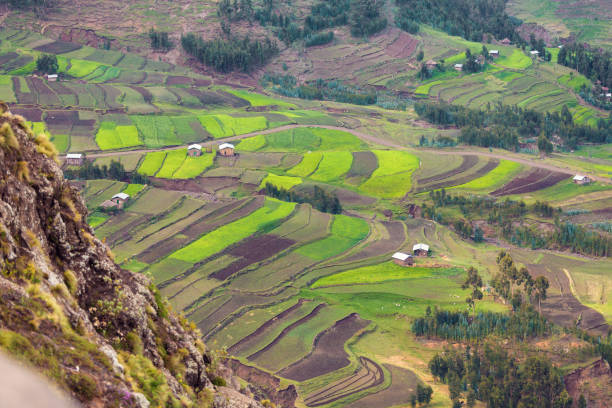
Diverse landscapes such as the ones found in southwestern Ethiopia provide a multitude of essential services that sustain both nature and people. But human activities continue to shape the land. What does this land-use change do to these invaluable ecosystem services? How does the future look like for southwestern Ethiopia’s landscapes? Let’s find out…
A recent study conducted by SESI members and other researchers offers insights into how land-use changes may impact the provision of ecosystem services in the years to come. Their findings shed light on the question of how ecosystem service provision might look like under future land-use change scenarios. Although rooted in the context of southwestern Ethiopia, this carries broader implications for global conservation efforts and sustainable development practices.
Every decision we make about how we utilize the land has far-reaching consequences for the services it provides. Consider, for example, the vital role that forests play in regulating the Earth’s climate. As trees are cleared to make way for agriculture or urban areas, the capacity of these ecosystems to sequester carbon is compromised. This, in turn, can lead to increased greenhouse gas emissions, and thus contribute to climate change. And this example is only one of many ways human activities alter ecosystems and change landscapes.

(Source: iStock)
Yet, amidst these challenges, there are opportunities for positive change. With the help of participatory scenario planning, the researchers were able to anticipate likely future changes to landscapes. They developed four future land-use scenarios, each showing different potential ecosystem service changes:
- Gain over grain
- Coffee and conservation
- Mining green gold
- Food first

(Source: iStock)
Not surprisingly, the study found that landscape modification was strongest for scenarios involving agricultural intensification, resulting in negative effects on ecosystem service provision. In contrast, the most sustainable scenario is “Coffee and conservation”. It is an integrative approach of food production AND biodiversity conservation and therefore secures diverse ecosystem services for the long-term.
Ultimately, the findings of this study underscore the urgent need for concerted action to safeguard the future of ecosystem services in southwestern Ethiopia and beyond. They can help stakeholders and decision-makers to understand and assess the viability of current development policies, as well as identify and design more sustainable land-use options.
If you would like to explore this topic further, you can find the whole paper HERE.
Duguma, D. W., Brueck, M., Shumi, G., Law, E., Benra, F., Schultner, J., Nemomissa, S., Abson, D. & Fischer, J. (2024). Future ecosystem service provision under land-use change scenarios in southwestern Ethiopia. Ecosystems and People, 20(1). https://doi.org/10.1080/26395916.2024.2321613
Text by Isabelle Andres
